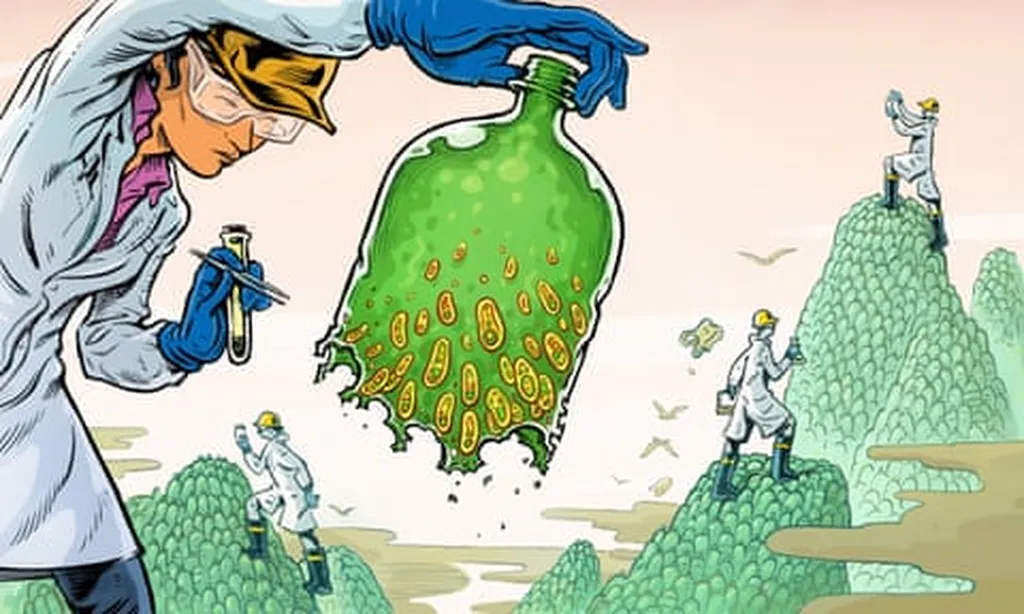In the quest for sustainable water treatment solutions, a groundbreaking review published in *Discover Materials* (translated from Spanish as *Discover Materials*) sheds light on the potential of functional polymeric materials to revolutionize hard water treatment. Led by Olivia Hernández-Cruz from the Centro Avanzado de Pruebas Analíticas No Destructivas at Benemérita Universidad Autónoma de Puebla, the research offers a comprehensive look at how advanced polymers could address long-standing challenges in water softening, particularly in industrial and energy sectors.
Hard water, laden with calcium and magnesium ions, is a persistent issue that clogs pipes, damages equipment, and increases energy costs. Traditional methods like chemical precipitation and ion exchange often fall short due to high costs and inefficiencies. However, Hernández-Cruz and her team highlight a promising alternative: polymer-based materials. These materials are not only cost-effective but also offer tunable properties that enhance performance.
“Polymeric materials present a unique opportunity to improve hardness removal efficiency while reducing operational costs,” Hernández-Cruz explains. “Their versatility allows us to tailor their properties to specific applications, making them ideal for large-scale water treatment.”
The review delves into various polymer-based solutions, including functionalized polyamides and polysulfone membranes, which have demonstrated over 95% removal efficiency for calcium and magnesium ions. Additionally, hydrogels and bio-based polymers show high regeneration capacity and reduced fouling, making them attractive for long-term use.
Innovations like radiation-induced grafting, interfacial polymerization, and nanofiller incorporation have further enhanced membrane performance. These advancements improve charge density, permeability, and ion selectivity, addressing key limitations of conventional methods.
The commercial implications for the energy sector are significant. Water hardness is a major concern for power plants, where scale buildup can reduce efficiency and increase maintenance costs. Polymeric membranes could offer a more sustainable and economical solution, ensuring optimal performance and longevity of equipment.
Despite these advancements, challenges remain. Scalability and long-term durability are critical areas that require further research. Hernández-Cruz emphasizes the need for continued innovation to develop sustainable, high-performance polymer systems capable of meeting global water quality challenges.
“This research is just the beginning,” she notes. “By addressing these limitations, we can pave the way for next-generation materials that will transform water treatment and benefit industries worldwide.”
As the world grapples with water scarcity and quality issues, the insights from this review offer a beacon of hope. The potential of functional polymeric materials to revolutionize hard water treatment could shape the future of water management, ensuring a more sustainable and efficient approach for industries and communities alike.

